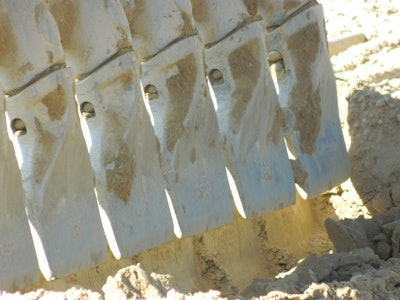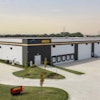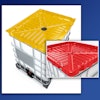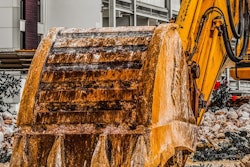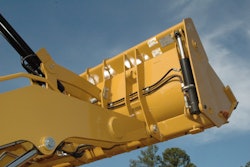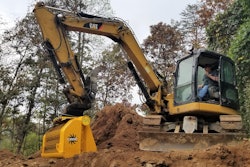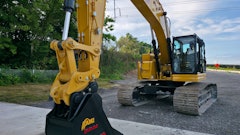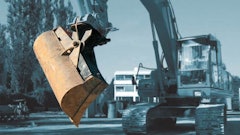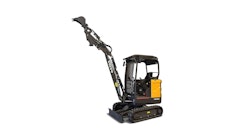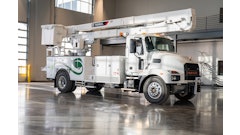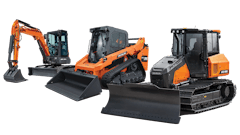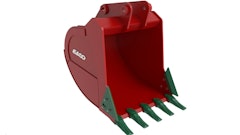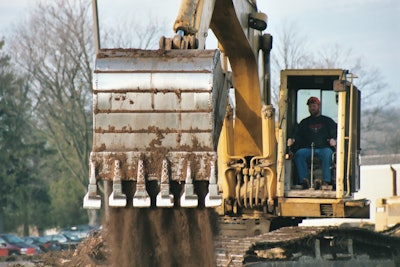
By Paul Bragan, Senior Partner, Wakefield Research
Bucket teeth may not be the most glamorous aspect of earthmoving equipment, but they can make a big difference to equipment performance. Along with other metal attachments that make contact with the ground, they are part of a collective market known as ground-engaging tools (GET). Long an afterthought for equipment users, these attachments are gaining increased attention as construction and mining activity continues to grow in sophistication and manufacturers create more job-specific products.
The market for GET recently surpassed $1 billion and is forecast to reach $1.6 billion by 2024, according to Wakefield Research. Wear and tear on earthmoving equipment is a substantial cost factor in both the construction and mining industries, and is particularly pertinent where machines have to handle abrasive materials.
Bucket teeth are what commonly come to mind when thinking of GET, but there are a variety of similar attachments that can serve different roles. For example:
 Bucket teeth are what commonly come to mind when thinking of GET, but ripper shanks are another form of these tools.
Bucket teeth are what commonly come to mind when thinking of GET, but ripper shanks are another form of these tools.- Adapters – Also known as tooth holders; use pins and retainers to hold the bucket teeth in place on the lip of the bucket
- Lip shrouds – Attached in between the bucket teeth for added protection
- Side cutters – Offer added protection to bucket side plates and increase the capacity of the bucket
- Ripper shanks – Attachments for the back of earthmoving machines used in digging
Manufacturing Impacts Performance, Durability
A variety of company types produce and distribute GET. Most commonly, they include the OEMs, such as Caterpillar, Komatsu and Liebherr. But there are also players that specifically manufacture GET and other wear parts, with ESCO and Bradken among the major names that focus on the mining and construction industries.
Manufacturers utilize different processes when producing GET, which can have a significant impact on lifespan. At present, GET manufacturing processes involve either forging, casting or fabrication.
 The different processes manufacturers use when producing GET can have a significant impact on its lifespan.
The different processes manufacturers use when producing GET can have a significant impact on its lifespan.- Casting: Cast GET typically have a shorter lifespan than forged GET. However, they still offer good resistance and are a viable, cost-effective alternative. Cast GET are generally produced using medium-carbon, chromium, nickel, molybdenum steel.
- Fabrication: Fabricated GET typically have the shortest lifespan. They are made of two pieces – the blade and the clip. The blade encounters and penetrates soil more than the clip and thus is more prone to wear. They are made from chrome-nickel moly alloy steel.
For equipment users, it is important to choose GET carefully. In situations where GET items need frequent replacing, GET replacement strategies are crucial for budgeting, as unexpected change-outs can result in costly downtime.
GET lifespans are measured in machine hours, and generally range from 400 to 4,000 hours. The lifespan depends not only on the manufacturing process used, but also a variety of factors including the type of surface the GET come into contact with, the climate condition (GET are likely to wear out faster in humid climates) and the skill of equipment operators.
Advancements in design and a positive construction activity outlook will see demand for GET grow steadily over the next five years. This is good news for manufacturers and users. For manufacturers, the greater visibility and quality of the products will benefit GET sales. For users, there is the opportunity to make smarter decisions about their GET attachments to reduce machine downtime and improve overall performance.

